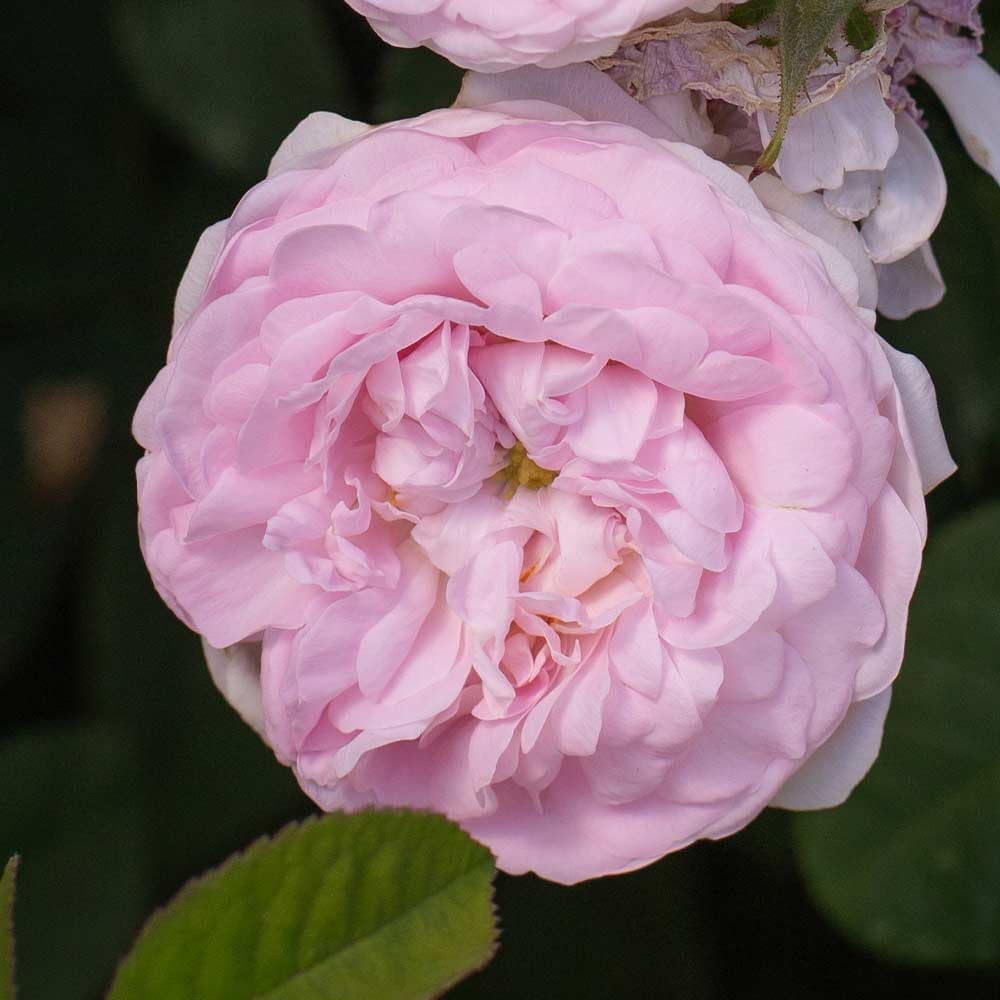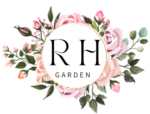Duchesse de Montebello rose

The Elegant Duchesse de Montebello Rose: A Garden Classic
The Duchesse de Montebello rose, a timeless beauty introduced in 1829, continues to enchant gardeners with its dainty, blush-pink blooms and intense, fruity fragrance. This historic rose, bred by Jean Laffay, is a beautiful addition to any garden, offering aesthetic charm and hardy growth.
Critical Characteristics of Duchesse de Montebello Rose
- Name: Duchesse de Montebello
- Flower Color: Pure blush pink
- Flowering: Once flowering
- Fragrance: Strong, fruity
- Bloom Size: Small
- Family: Old Rose
- Size: Large shrub (Height: 100-150 cm, Width: up to 90 cm)
- Year of Introduction: 1829
- Ideal For: Mixed borders, shady areas
Delicate Blooms and Fragrance
The Duchesse de Montebello rose is celebrated for its fully double, blush pink flowers. These dainty blooms, comprising 26-40 petals, offer a soft and romantic appeal to any garden setting. Despite their small size, the flowers significantly impact due to their density and delicate coloring. The rose also emits a strong, fruity fragrance that adds an extra layer of sensory pleasure.
Growth Habit and Seasonal Beauty
This rose forms a large, spreading shrub with a height ranging from 100 to 150 cm and a width of up to 90 cm. The light green foliage complements the blush-pink flowers beautifully. Duchesse de Montebello blooms in spring or early summer as a once-flowering rose, providing a stunning display for a few weeks each year. After flowering, the plant should be pruned to maintain its shape and encourage healthy growth.
Hardy and Versatile
One of the notable attributes of Duchesse de Montebello is its impressive winter hardiness. It thrives in USDA zones 4b through 8b, making it suitable for colder climates. This rose can withstand harsh winters, ensuring that gardeners in various regions can enjoy its beauty. Additionally, the rose performs well in pots and can tolerate partial shade, offering versatility in planting locations.
Ideal Garden Uses
This rose is perfect for various garden applications, including:
- Mixed Borders: Adds a touch of elegance and fragrance to mixed plantings.
- Shady Areas: Thrives in partial sunlight, making it ideal for spots with less direct sunlight.
- Containers: Grows well in pots, allowing flexibility in garden design.
Growing Conditions
To ensure the rose thrives, consider the following growing tips:
- Planting Location: This rose can be planted in north, east, south, or west-facing positions, adapting well to different garden orientations.
- Soil: Suitable for all soil types, though well-drained soil is preferred.
- Sunlight: While it flourishes in full sunlight, it also tolerates partial sunlight, making it versatile in different light conditions.
- Pruning: Prune after the flowering season to maintain shape and promote healthy growth.
The Duchesse de Montebello rose, with its charming blush pink blooms and delightful fragrance, remains a garden favorite for its beauty and resilience. Introduced in 1829, this historic rose continues to bring elegance and fragrance to gardens worldwide.
